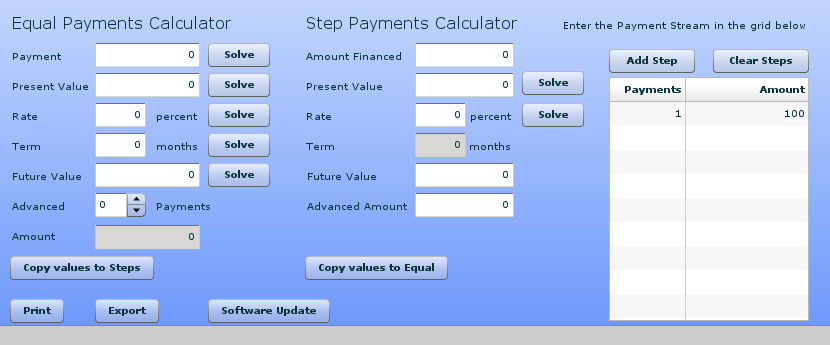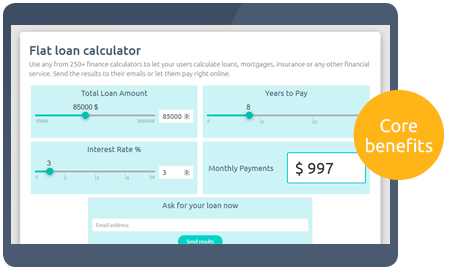

This comes to 17.4 per cent, indicating that the investment grew at a CAGR of 17.4 per cent over the period. Suppose that an investment of Rs 1,000 grows to Rs 5,000 in 10 years. PV is the investment's beginning/opening value The equation is presented as:įV is the investment's ending/maturity value There are three components that make up CAGR - beginning value, ending value and number of years. The benefit of using this parameter is that it provides a smoothed-out return over a period, ignoring volatility. It is also the best tool to compare returns of two different asset classes - for instance gold/equity or equity/real estate. This is used to indicate the return on an investment over a period. The number of years in which the money will double is

If you are assuming a 12 per cent return on your investment, The thumb rule is divide 72 by the interest rate That's why it is popularly known as the 'doubling of money' principle. It helps you know the time (in terms of years) required to double your money at a given interest rate. Rule of 72 refers to the time value of money. Thanks to the power of compounding, the effective annual rate of the fixed deposit turns out to be 9.3 per cent If an investment is made at 9 per cent annual rate and compounding is done quarterly, the effective annual rate will be N = number of times compounding is done in a year R = nominal return divided by number of times compounding is done in a year The formula for converting the nominal return into effective annual rate is:-įormula: Effective Annual Rate = (1+(r/n))^n)-1*100 Generally, an investment's annual rate of return is different from the nominal rate of return when compounding occurs more than once a year (quarterly, half-yearly). To Rs 6,139 in 10 years if inflation is 5 per cent. The future value of present Rs 10,000 turns out to be Rs 16,289.Ĭonversely, if you want to determine the purchasing power of the same Rs 10,000 in future, keeping all the other parameter as before, the formula is:-įormula: Future Value = Present value/(1+inflation rate)^number of years It is important to know what will be the future value of, say, today's Rs 10,000, ten years later if inflation is 5%.įormula: Future amount = Present amount * (1+inflation rate) ^number of years As a result, whenever a saving plan is being chalked out, inflation is one of the factors that has to be taken into account. Inflation lowers purchasing power of the rupee. It is always wise to calculate post-tax returns while investing in a financial instrument. This means that the effective interest earned after tax falls to 7 percent. So, if you fall in the 30 per cent tax bracket, the interest earned will fall by 30 per cent.įormula = Interest rate - (Interest rate*tax rate) As per the income tax rules, any income from a bank deposit is taxable as per one's tax slab. What you see on your fixed deposit certificate is the absolute figure. But we forget that these returns will be much lower if we take into account taxes too.Ĭontinuing with the earlier example, the returns above are pre-tax. We invest thinking about probable returns that can be generated. So, the next time your financial adviser asks you to stay long and enjoy the ride, know that he is referring to the power of compounding. A longer tenure, coupled with higher frequency of compounding (quarterly, half-yearly), can work magic. That is why compound interest is your best friend when it comes to investing. The interesting point is that your investment grew over four times in 20 years.

If you were to stretch the period by another 10 years, which makes it a total of 20 years, the return would be Rs 6,72,749.99. This shows that the interest earned over 10 years is Rs 1,59,374.25 The total amount you will receive after 10 years will be Suppose you intend to invest Rs 1,00,000 for 10 years at an interest rate of 10 per cent and the compounding is annual. N = number of times the interest is compounded per year R = annual interest rate (divide the number by 100) P = principal amount (your initial investment) The longer the duration of the investment, the greater is the potential for gaining from compounding, which makes it a very powerful tool in finance. Compounding is the process of earning interest on principal as well as accumulated interest.


 0 kommentar(er)
0 kommentar(er)
